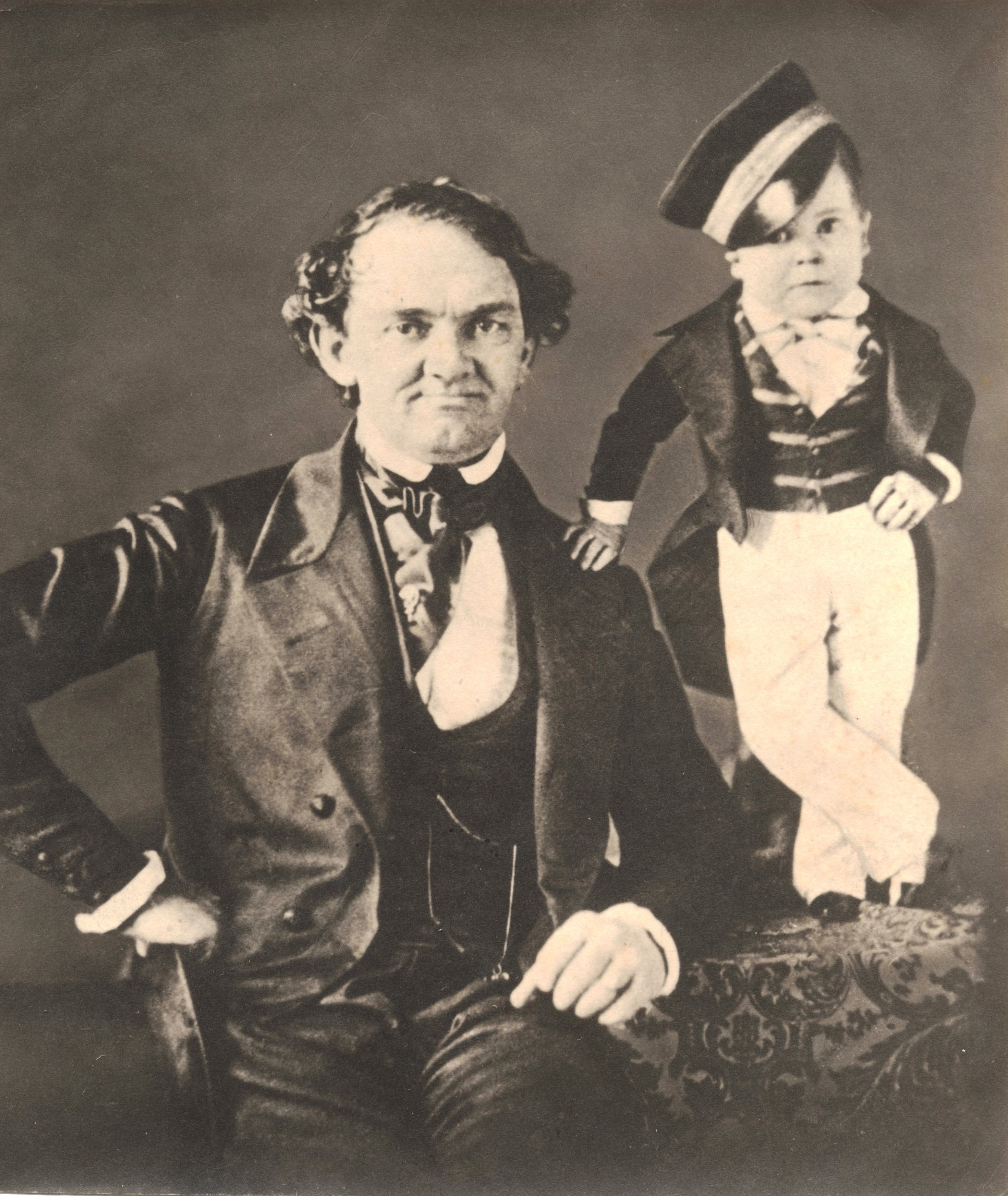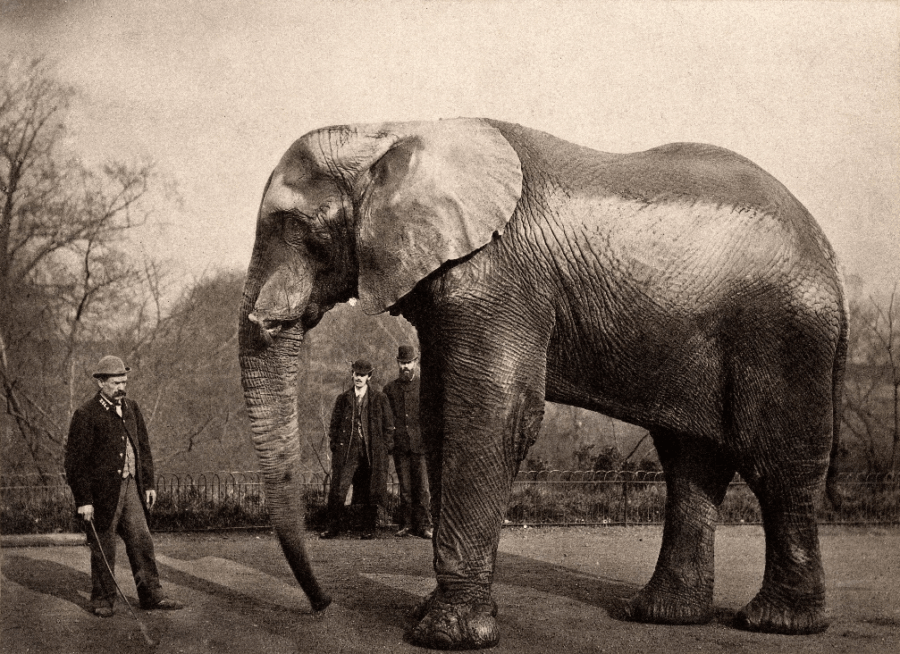Exhibitionist
I just read Robert Wilson's Barnum: An American Life. Like most people, I'd heard of P. T. Barnum but didn't really know his story. He was simply the guy in the 1800s who made a lot of money because he knew "There's a sucker born every minute" (though, it turns out, it's not clear he ever said this).
I've always been interested in the guy, but, oddly, he's probably more popular now than he's been in years simply because of the musical biopic The Greatest Showman (which actually had little to do with the real man) was a surprise smash.
The book takes us from his birth in 1810 in Bethel, Connecticut through his many successes (and occasional failures) as a showman. Even as a kid he had the entrepreneurial spirit, and ran various businesses (including subscribing people to lotteries, a great business until it was outlawed) with a fair amount of success before he figured he could exhibit things and people.
He had his first great success in his 20s with Joice Heth, an old black woman who, it was claimed, was 161 years old and had been George Washington's former nurse. I don't know if it was because people were more credulous back then, or just wanted novelty in a world where entertainment was hard to come by, but Barnum made a pretty penny off Heth.
He then created his American Museum in New York (it was already a museum when he bought it) which over the years had countless exhibits and guaranteed a steady income. One of his earliest hits was the Feejee Mermaid--actually the head and torso of a monkey sewed on to a fish. Barnum's specialty was publicity, and people lined up to see the oddity. Once again, I'm not sure if people were fooled, or it was simply the in thing to do.
Then came one of his biggest hits, General Tom Thumb--actually a 5-year-old dwarf he claimed was 11. Tom was quite the performer, and Barnum took him to England, where he became a huge hit and met with royalty.
Next came Jenny Lind, the Swedish Nightingale who was already a hit in Europe. Barnum sponsored her tour of America, and both made out quite well.
Meanwhile, Barnum was involved in other ventures. He bought a lot of land, on some of which he built mansions for himself and his family, especially the imposing "Iranistan." He presented theatrical works. He became a lecturer and author (writing a popular autobiography). He heavily invested in a clock company and went bankrupt, but was able to dig himself out of the hole. And he ran for office, with some success.
When his museum, which had had hundreds of thousands of exhibits, burned down (twice), he got out of that business. Then, a relatively old man, he got into the circus business (not that far removed from what he'd already been doing). He merged with James Bailey to created Barnum & Bailey's, the famed three-ring circus. One of their top attractions was Jumbo, the elephant.
Barnum died in 1891, but his name certainly lives on. In his day, he was known around the world, to some as a humbug, to others as a successful American entrepreneur--maybe he was both.




0 Comments:
Post a Comment
<< Home